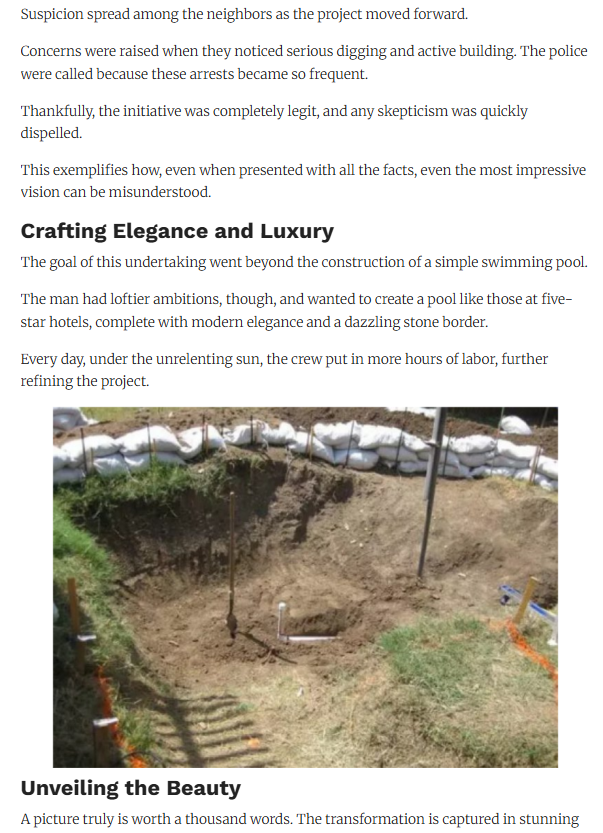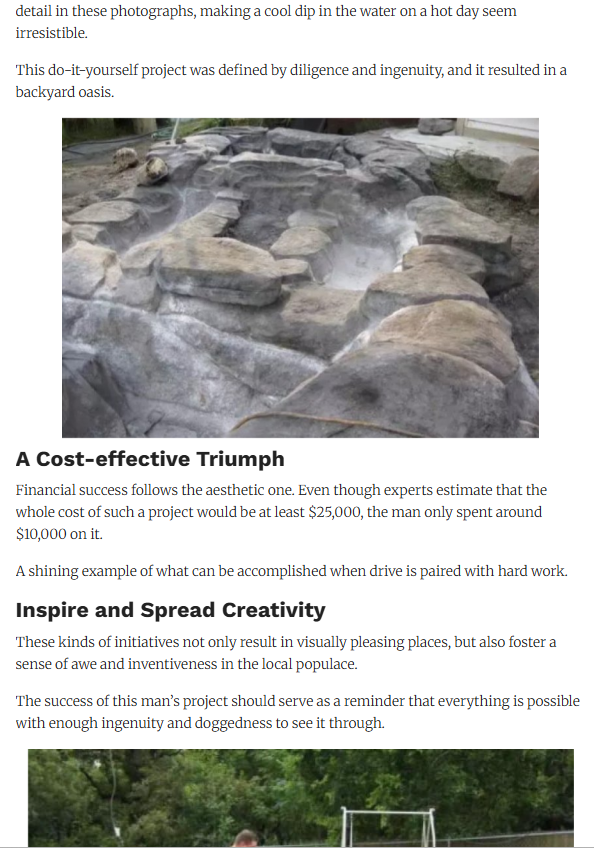Strategies to Find Harmony Between Career and Personal Life
In today’s fast-paced world, juggling the demands of work and personal life can often feel overwhelming. Many people find themselves stretched thin, trying to meet deadlines while still making time for family, friends, and self-care. The result? Burnout, stress, and a diminished sense of well-being.
Achieving a healthier balance between professional responsibilities and personal time isn’t just a luxury—it’s essential for long-term happiness and productivity. When you manage to create harmony between work and life, you feel more energized, focused, and fulfilled.
In this article, we’ll explore why balancing these aspects matters, common challenges, and practical, actionable steps you can take to build a more sustainable and satisfying rhythm in your daily life.





Why a Healthy Balance Matters
Striking a good balance benefits both your mental and physical health. Chronic stress from overworking can lead to exhaustion, anxiety, and even serious health issues like high blood pressure or sleep disturbances. On the flip side, too much downtime without meaningful engagement can leave you feeling unproductive or disconnected.
Maintaining equilibrium allows you to:
- Improve mental clarity and reduce anxiety
- Enhance productivity and job satisfaction
- Strengthen relationships with loved ones
- Foster personal growth and hobbies
- Protect physical health through rest and activity
Recognizing the Barriers to Balance
Before making changes, it’s helpful to identify common obstacles:
- Technology Overload: Constant emails and messages blur the line between work and home.
- High Workload: Excessive tasks and long hours eat into personal time.
- Guilt and Pressure: Feeling the need to say “yes” to every request or fearing to unplug.
- Poor Time Management: Difficulty prioritizing tasks or procrastination.
- Lack of Boundaries: Unclear limits around work hours or personal commitments.
Understanding these challenges helps you approach balance with a realistic mindset.
Practical Strategies to Build a Healthier Balance
1. Set Clear Boundaries
Creating defined limits between work and personal life is essential. This might mean:
- Establishing specific work hours and sticking to them
- Creating a dedicated workspace, separate from relaxation areas
- Turning off notifications after hours or during family time
Communicating these boundaries with colleagues and family ensures everyone respects your time.
2. Prioritize and Plan Your Time
Effective time management allows you to focus on what truly matters. Use tools like planners or digital calendars to:
- Block out time for important work tasks
- Schedule breaks and downtime intentionally
- Plan social activities, hobbies, or exercise as part of your week
Prioritizing tasks by urgency and importance helps reduce overwhelm and procrastination.
3. Learn to Say No
Taking on too many commitments can quickly drain your energy. Saying no is an act of self-care and respect for your limits.
Assess requests against your goals and capacity before agreeing. Practice polite but firm responses like, “I’m unable to take that on right now.”
4. Incorporate Self-Care into Your Routine
Self-care isn’t selfish—it’s vital. Regularly dedicating time to activities that rejuvenate you improves your resilience and mood.
Consider:
- Daily mindfulness or meditation
- Physical activity like walking, yoga, or sports
- Pursuing hobbies or creative outlets
- Getting adequate sleep
These practices support mental well-being and reduce stress.
5. Disconnect to Reconnect
Technology makes us accessible 24/7, but constant connectivity can lead to burnout. Designate tech-free times or zones at home to recharge fully.
Use this time to engage in face-to-face conversations, enjoy nature, or simply relax without screens.
6. Seek Support and Delegate
Don’t hesitate to ask for help when overwhelmed. Delegating tasks at work or sharing household responsibilities lightens your load and fosters teamwork.
Talking with friends, family, or even professionals about your struggles can provide new perspectives and encouragement.
7. Focus on Quality, Not Quantity
Spending a lot of time working or with family isn’t enough if the time isn’t meaningful. Focus on being fully present in whatever you do.
For work, minimize distractions and use techniques like the Pomodoro method to boost focus. At home, engage in activities that bring joy and connection.
8. Reflect and Adjust Regularly
Work-life balance is not a fixed goal but a dynamic process. Regularly check in with yourself:
- Are you feeling overwhelmed or fulfilled?
- Is your schedule supporting your priorities?
- What adjustments can improve your well-being?
Being flexible and making small changes over time leads to sustainable balance.
The Ripple Effects of a Balanced Life
When you nurture a healthy work-life balance, the benefits extend beyond personal wellness:
- At Work: Improved focus and creativity lead to better performance and job satisfaction.
- At Home: Stronger relationships, better communication, and more joy in daily interactions.
- For Health: Reduced risk of chronic illness, better sleep, and greater energy levels.
- Overall Happiness: A sense of control and fulfillment in life.
Overcoming the Guilt Factor
Many people feel guilty when stepping back from work or prioritizing themselves. Remember:
- Your well-being directly impacts your ability to be effective and present.
- Rest and play are essential, not indulgent.
- Setting boundaries teaches others to respect your time.
Replacing guilt with self-compassion transforms balance into an achievable and rewarding practice.
Final Thoughts: Embracing Balance as a Lifelong Journey
Building a healthier work-life balance takes intention, patience, and practice. It involves learning to prioritize, set boundaries, and nurture yourself both mentally and physically. The rewards—a calmer mind, stronger relationships, and enhanced fulfillment—make the effort worthwhile.
Balance doesn’t mean perfect equality of time between work and life, but rather creating harmony that fits your unique circumstances and values.
Start small, stay consistent, and watch how cultivating this equilibrium transforms not just your day, but your life.



